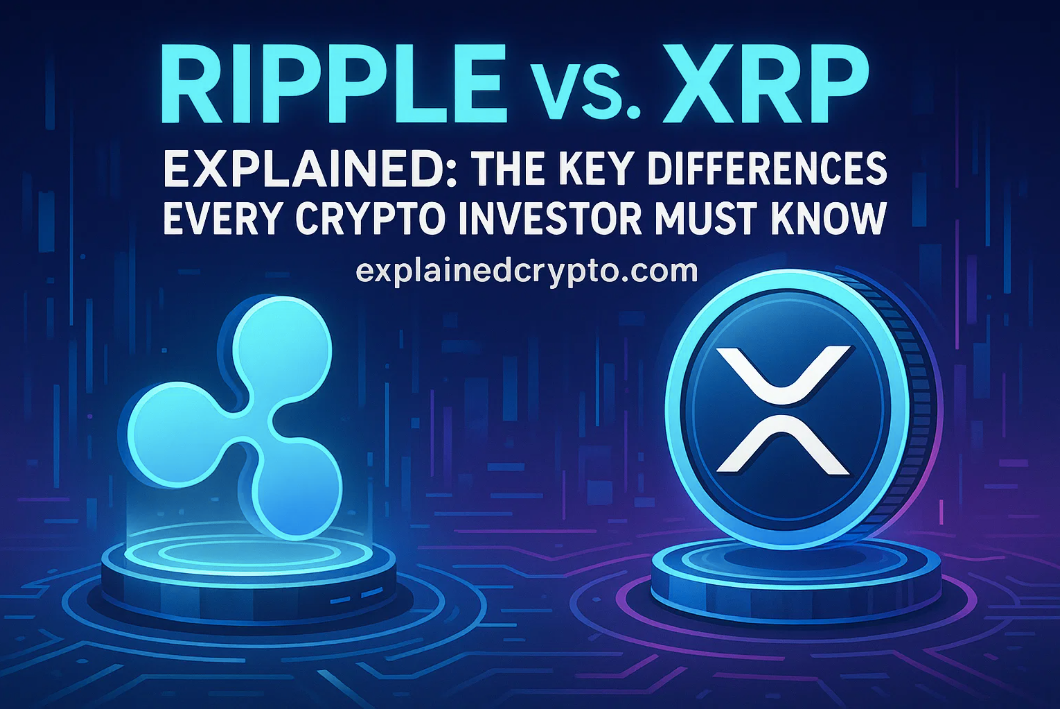Over the past year, Bitcoin has pushed into uncharted territory, smashing price records that once seemed far-fetched even to its strongest supporters. After crossing the $120,000 mark in mid-2025, the world’s largest cryptocurrency cemented itself as more than a speculative asset. A mix of institutional demand, political endorsements, and structural changes in global finance has carried Bitcoin to new heights — and reignited the debate over whether $1 million per coin is within reach.
Then came a game-changing moment: U.S. President Donald Trump’s executive order to create a Strategic Bitcoin Reserve, initially seeded with around 200,000 BTC. For the first time, a major government openly embraced Bitcoin as part of its financial strategy. Combined with the enthusiasm of July’s “Crypto Week” in Washington, D.C., Bitcoin’s ascent to record highs reflected a new era of legitimacy.
Now, the big question dominating markets is simple: Can Bitcoin reach $1 million per coin?
The Case for $1 Million Bitcoin
Several factors fuel the argument that Bitcoin could reach the seven-figure mark.
Scarcity and supply limits. With only 21 million coins ever to exist, Bitcoin is often likened to digital gold. Unlike fiat currencies, which can be printed at will, Bitcoin’s capped supply ensures that rising demand directly impacts price.
Institutional investment. Wall Street’s involvement has grown rapidly. Bitcoin ETFs have made exposure easier for traditional investors, and each new allocation by hedge funds, pensions, and corporations adds weight to the market. As large players continue to accumulate, the upward pressure intensifies.
Rising adoption. Around 6.8% of the world’s population — more than 560 million people — now own crypto. This number has been compounding at roughly 34% annually. If adoption expands to even a quarter of the global population, the demand shock could be massive.
FOMO dynamics. Surveys show that most investors buy Bitcoin to profit. As its price climbs, the fear of missing out draws in more latecomers. That cycle of momentum has historically pushed Bitcoin through each of its parabolic runs.
Who Believes in $1 Million Bitcoin?
Some of the market’s most prominent voices argue that Bitcoin hitting $1 million is not only possible, but inevitable.
- Cathie Wood (ARK Invest): Predicts Bitcoin could reach $1.5 million by 2030 in her bullish scenario.
- Michael Saylor (MicroStrategy): Believes Bitcoin will hit $1 million when Wall Street allocates 10% of its reserves into the asset.
- Robert Kiyosaki (Rich Dad Poor Dad): Views Bitcoin as a hedge against inflation, projecting a path to $1 million by 2030 alongside gold and silver.
Their forecasts aren’t outliers. Each reflects growing conviction that Bitcoin has become more than a speculative play — it is transforming into a global reserve asset.
What Needs to Happen
For Bitcoin to truly reach $1 million, several milestones must be achieved.
Deep institutional commitment. At $1 million per coin, Bitcoin’s total market cap would surpass $21 trillion — more than gold. Today, institutional participation in ETFs remains modest, with long-term players holding less than 5% of assets. Widespread allocation from banks, asset managers, and governments would be required.
Mass adoption. Analysts estimate that between 20% and 40% of the global population would need to adopt Bitcoin. That means over a billion people actively using or holding BTC, supported by stronger financial infrastructure and education.
Regulatory clarity. Initiatives like the GENIUS Act and Clarity Act of 2025 have given crypto firmer footing in the U.S. But sustained global cooperation will be necessary to remove uncertainty and attract conservative institutions.
Technological scaling. Networks like Lightning are improving transaction speeds and reducing fees, but Bitcoin must continue evolving to support mass use without compromising decentralization.
Winners and Losers in a $1M Bitcoin World
A million-dollar Bitcoin would reshape wealth distribution worldwide.
Winners:
- Early adopters. Around 900,000 addresses hold at least 1 BTC. Their wealth would multiply exponentially, turning modest investments into fortunes.
- Institutions like MicroStrategy. With hundreds of thousands of Bitcoin on its balance sheet, the company’s holdings could exceed $600 billion in value.
- Satoshi Nakamoto. The mysterious creator of Bitcoin, believed to hold around 1.1 million BTC, would theoretically control a $1.1 trillion fortune.
Losers:
- Latecomers. Investors entering near the top would face high risk and limited upside. Any price correction could wipe out new capital quickly.
- Governments reliant on fiat. As Bitcoin adoption grows, states could see reduced control over monetary policy, complicating fiscal strategies.
- Inequality concerns. Wealth concentration in the hands of early adopters could deepen global divides, reinforcing critiques that Bitcoin resembles a pyramid-like wealth transfer system.
Risks That Could Derail Bitcoin
Despite its potential, Bitcoin’s path to $1 million is not guaranteed.
Speculation-driven growth. Unlike stocks or real estate, Bitcoin lacks intrinsic cash flows or utility beyond its network. Its value is almost entirely driven by supply and demand — leaving it vulnerable to boom-and-bust cycles.
Pyramid dynamics. As critics argue, Bitcoin’s structure rewards early participants disproportionately. Later investors may simply be funding earlier profits, creating fragility if new demand slows.
Quantum computing threats. Emerging technology poses perhaps the most serious existential risk. Future quantum computers could crack Bitcoin’s encryption, leaving millions of coins vulnerable to theft. Roughly 25% of Bitcoin’s supply is stored in addresses that could be at risk under quantum attacks.
While research into post-quantum cryptography is underway, implementing a network-wide transition could take months — a dangerous window if vulnerabilities were exploited at scale.
A High-Stakes Future
The path to $1 million Bitcoin is not a straight line. It would require massive institutional allocation, widespread adoption, supportive regulation, and technological resilience. At the same time, risks — from inequality to quantum security — could slow or even reverse its momentum.
Still, Bitcoin has consistently defied its skeptics. From a few cents to over $100,000, each milestone has pushed the boundaries of what once seemed impossible. A million-dollar Bitcoin is not inevitable, but it is no longer unthinkable.
Disclaimer: The information in this article is for general purposes only and does not constitute financial advice. The author’s views are personal and may not reflect the views of explainedcrypto.com. Before making any investment decisions, you should always conduct your own research. explainedcrypto.com is not responsible for any financial losses.





